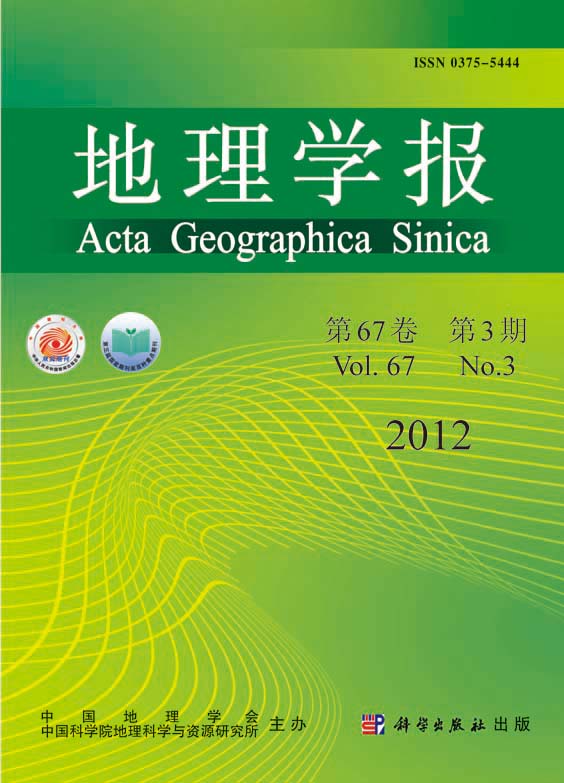CHEN Yangfen, LIU Yansui, YANG Ren
This paper deconstructs the theoretical relationship of non-agricultural ratio and per rural residential land area, which represent livelihoods transformation and rural land use respectively. Then it quantitatively analyzes the inflection point value of livelihoods transformation and identifies the corresponding suitable rural residential land consolidation regions based on the GIS technique and spatial autocorrelation analysis. The results indicate that there exists an inverted U-shaped relationship between non-agricultural ratio and per rural residential land area. By controlling the main influential factors such as resource endowment, economic development stage, the terrain, the urbanization ratio, the inflection point value of non-agricultural ratio is 38.36%. According to this inflection point value and the standards (150 m2 per capita) prescribed by the State for rural residential land use, four rural residential land consolidation regions with descending suitability are identified, including the prior consolidation region, the optimal consolidation region, the moderate potential region, and the restricted consolidation region. For prior consolidation region which enjoys the highest suitability, its suitable consolidation model is the urbanization leading model, and it is distributed mainly in north, east and central China. Peasants in the optimal consolidation region, mainly in southeast and southwest China, have a relatively low dependence on agriculture production, but rural land use here has been intensive. Rural residential land consolidation here is therefore suggested to integrate with central village construction. In the moderate potential region which is mainly located in the vast northern China, it has the highest per rural residential land area, but its non-agricultural ratio is too low to support massive rural land consolidation, it thus suits for the consolidation model of intra-village intensification. The restricted consolidation region, located mainly in southwest China, should pay more attention to its ecological environment and ecological function rather than land potential. Restricted rural residential land consolidation is suggested to combine with large-scale projects such as ecological immigrant project.
